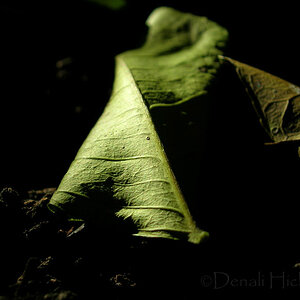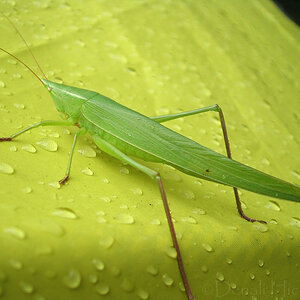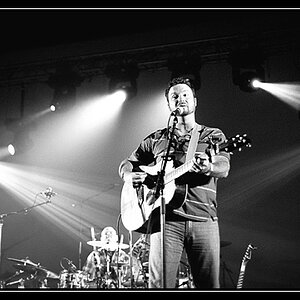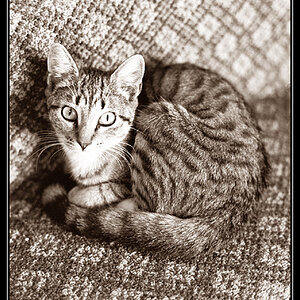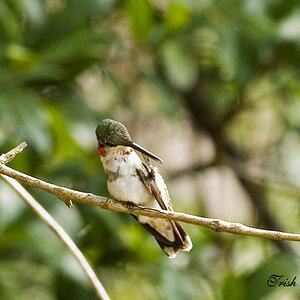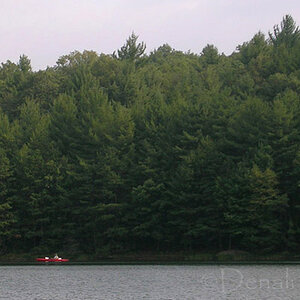Chuck
TPF Noob!
- Joined
- Oct 14, 2009
- Messages
- 57
- Reaction score
- 0
- Location
- Chicago
- Can others edit my Photos
- Photos OK to edit
If one captures a great pic of an animal, does it matter at all if the animal is in captivity or not?? (Assuming of course that the pic is composed such that the "in captivity" part is not visible.)
Soooo, if one goes to the zoo and gets great animal pics, from a photographic/artistic standpoint is that any different than capturing same in the wild?
Soooo, if one goes to the zoo and gets great animal pics, from a photographic/artistic standpoint is that any different than capturing same in the wild?


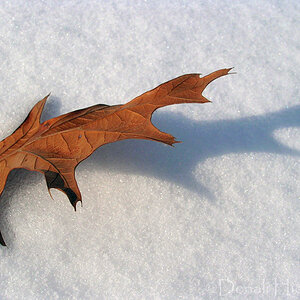
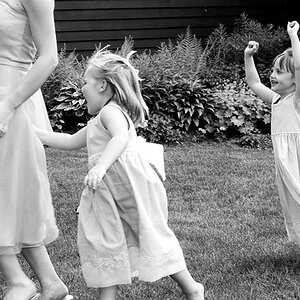
![[No title]](/data/xfmg/thumbnail/42/42057-1509913128bb1db2bc11235c05832fd4.jpg?1619739993)
![[No title]](/data/xfmg/thumbnail/42/42056-76026251cb5ebb85b4a4d281d36121d8.jpg?1619739992)

